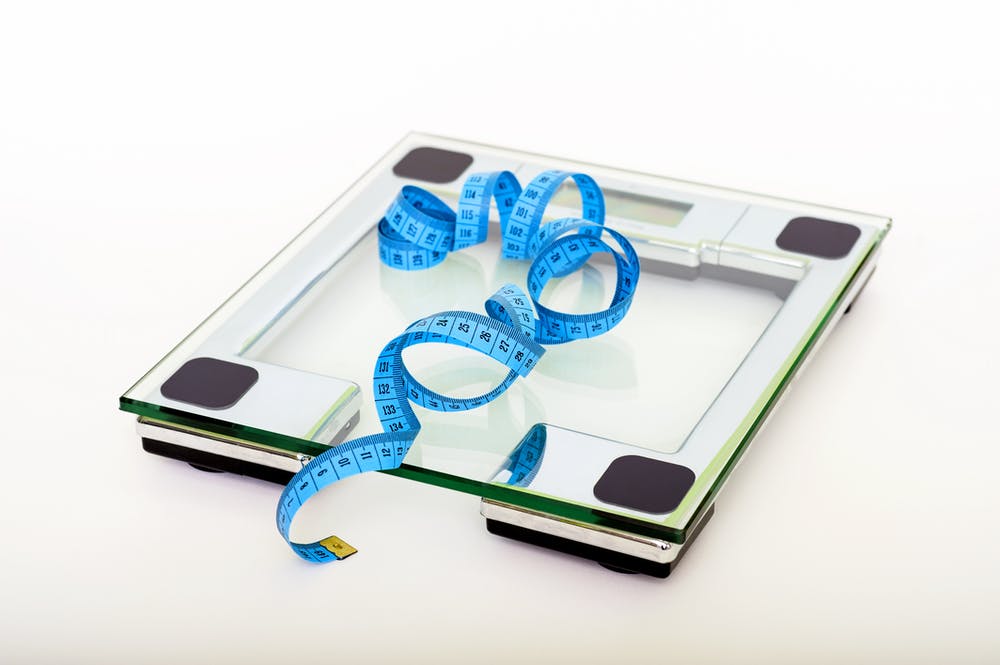BMI and WC: Know the best weight for your height
What is Basal Metabolic Index?
Basal metabolic index (BMI) is a measure of an individual’s nutritional status. It is an indicator of body fatness. An adult height reaches a maximum by age 16-18. But weight can be adjusted depending on diet and other factors. BMI helps you know the best weight for your height. To start the journey of good nutrition, it is important to know your BMI. Determine your BMI by dividing your weight (Kg) by your height (M)2.
Interpreting BMI
Interpret the results from above using the WHO guideline below as a reference:
BMI Nutritional status
Below 18.5 Underweight
18.5–24.9 Normal weight
25.0–29.9 Pre-obesity
30.0–34.9 Obesity class I
35.0–39.9 Obesity class II
Above 40 Obesity class III
What your BMI tells you
BMI is a risk indicator for diseases associated with overweight and obesity. As the BMI increases, the risk of heart and blood circulation diseases increases. So does the risk for high blood pressure, osteoarthritis, type II diabetes, or even premature death. Being on the underweight side of the scale is an indicator that you could be malnourished. As a result, you are at risk of having a compromised immune function. You may also develop respiratory diseases, digestive diseases, osteoporosis, or some cancers.
What next
If you are in the underweight category, then your target should be to add weight. If you are in the normal weight bracket, congratulations! Now you need to focus on maintaining your weight through healthy eating. If your score is in the pre-obesity/overweight and obesity categories, then your nutrition goal should be to shed off the weight in a healthy way!
Waist circumference (WC)
BMI is not very accurate in assessing healthy weight in some groups of people. It does not consider different levels of fat deposition as a result of gender, age or physical activity. BMI may give lower fat values for older people, women, and some races like Asians. It may also give higher fat values for muscular or physically fit people. Because muscle is heavier than fat. It is advisable to do a WC assessment in addition to BMI for more accuracy.

Excess fat deposit in the abdomen (Visceral fat) is highly associated with risk of disease compared with fat deposit on your hips and thighs. WC is therefore a more accurate predictor of increased risk for cardiovascular disease, type II diabetes, and metabolic syndrome.
How to know your WC
WC is determined by taking the measurement of your waist, just above your hip bone. Ensure the tape measure is horizontal along the waist. Have the tape measure snugly on the skin or on a light layer of clothes is advisable. Then take the measurement after breathing out. Interpret the measurement as follows:
WOMEN MEN
Increased risk ≥ 80 cm (31.5 inches) ≥ 94 cm (37 inches)
Greatly increased ≥ 88 cm (35.6 inches) ≥ 102 cm (40 inches)
Note that increased risk applies to whatever BMI classification you may belong to. If you have a big waist circumference, your health goals should be to lose weight through healthy eating and increased physical activity.

